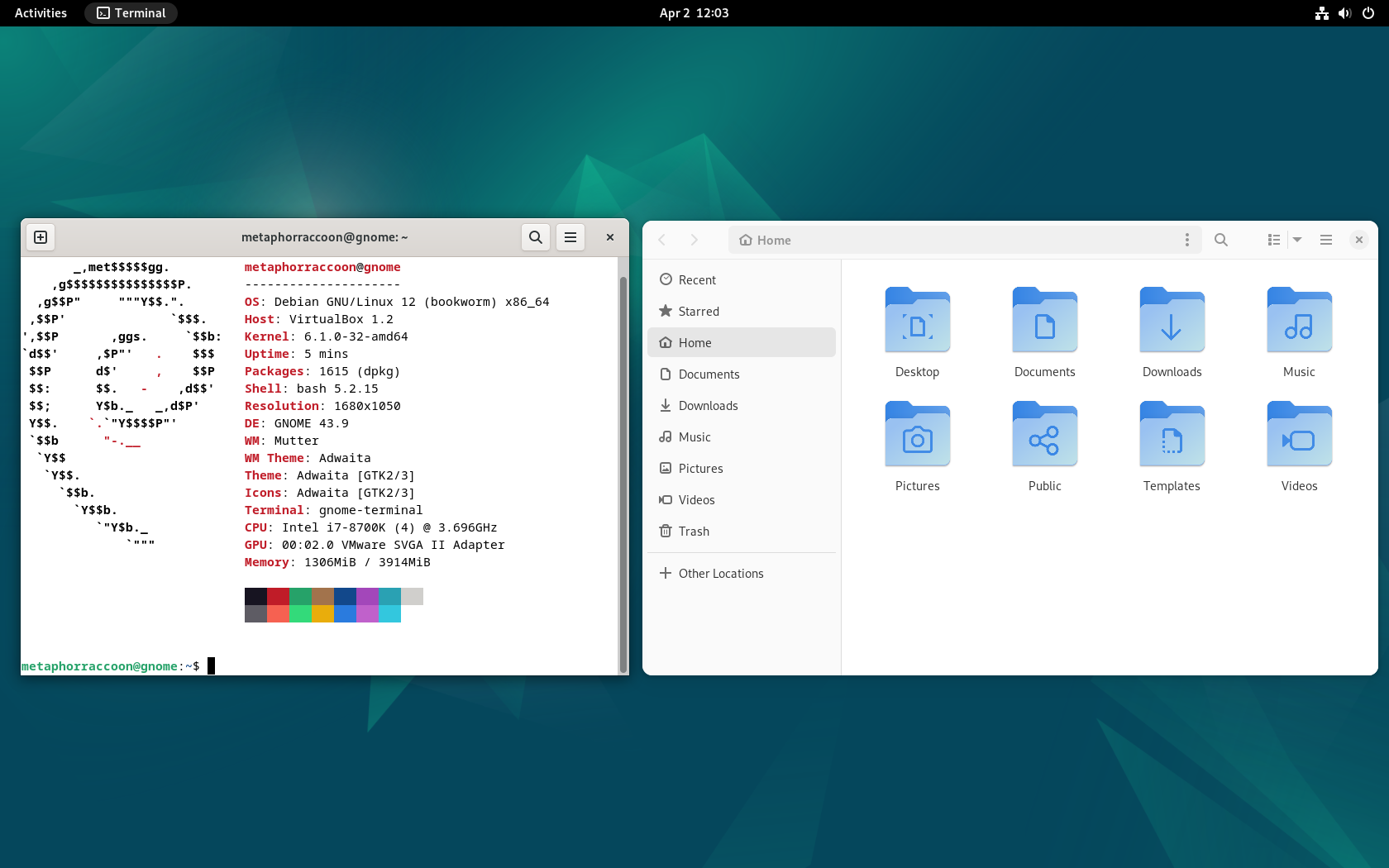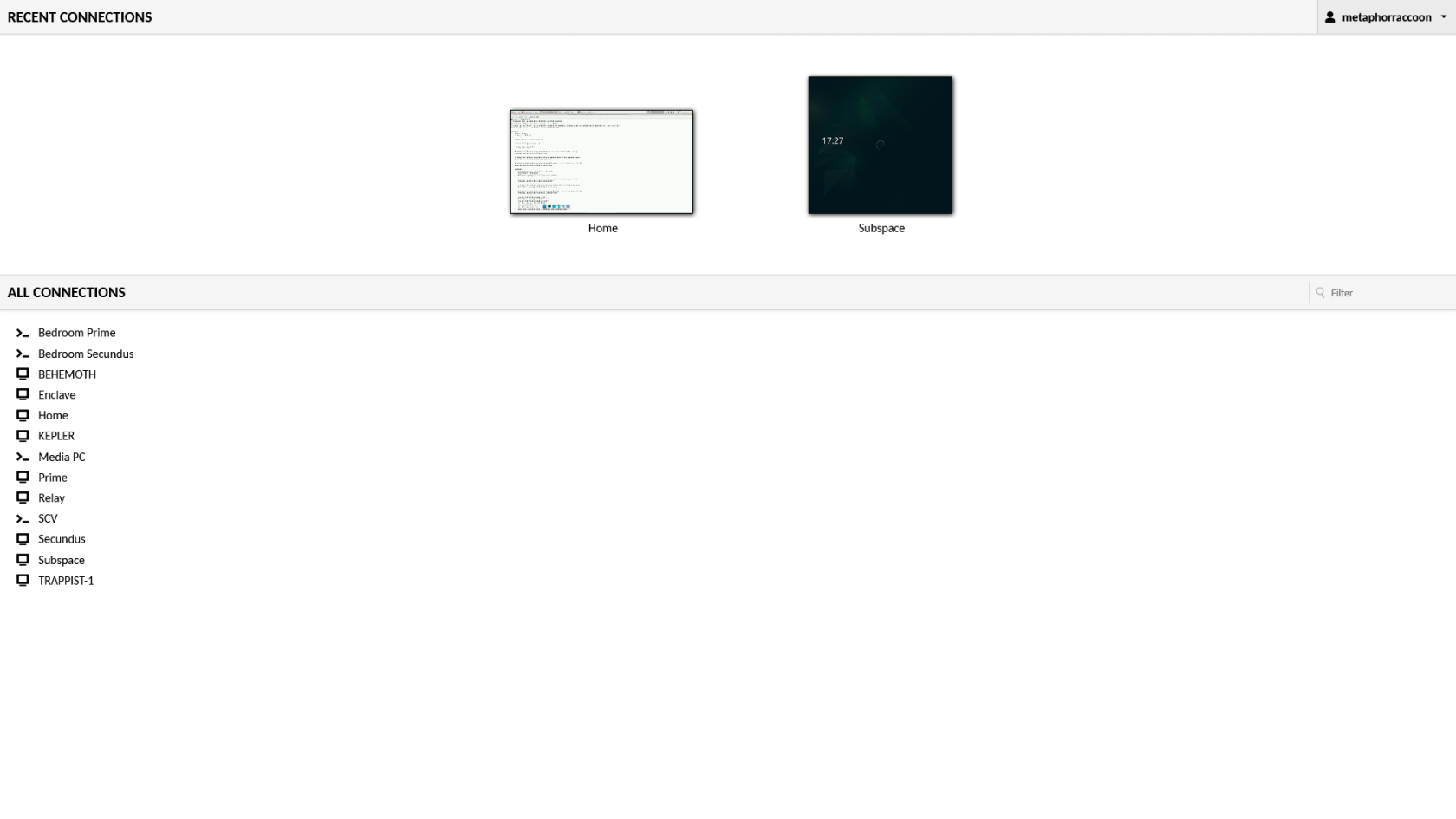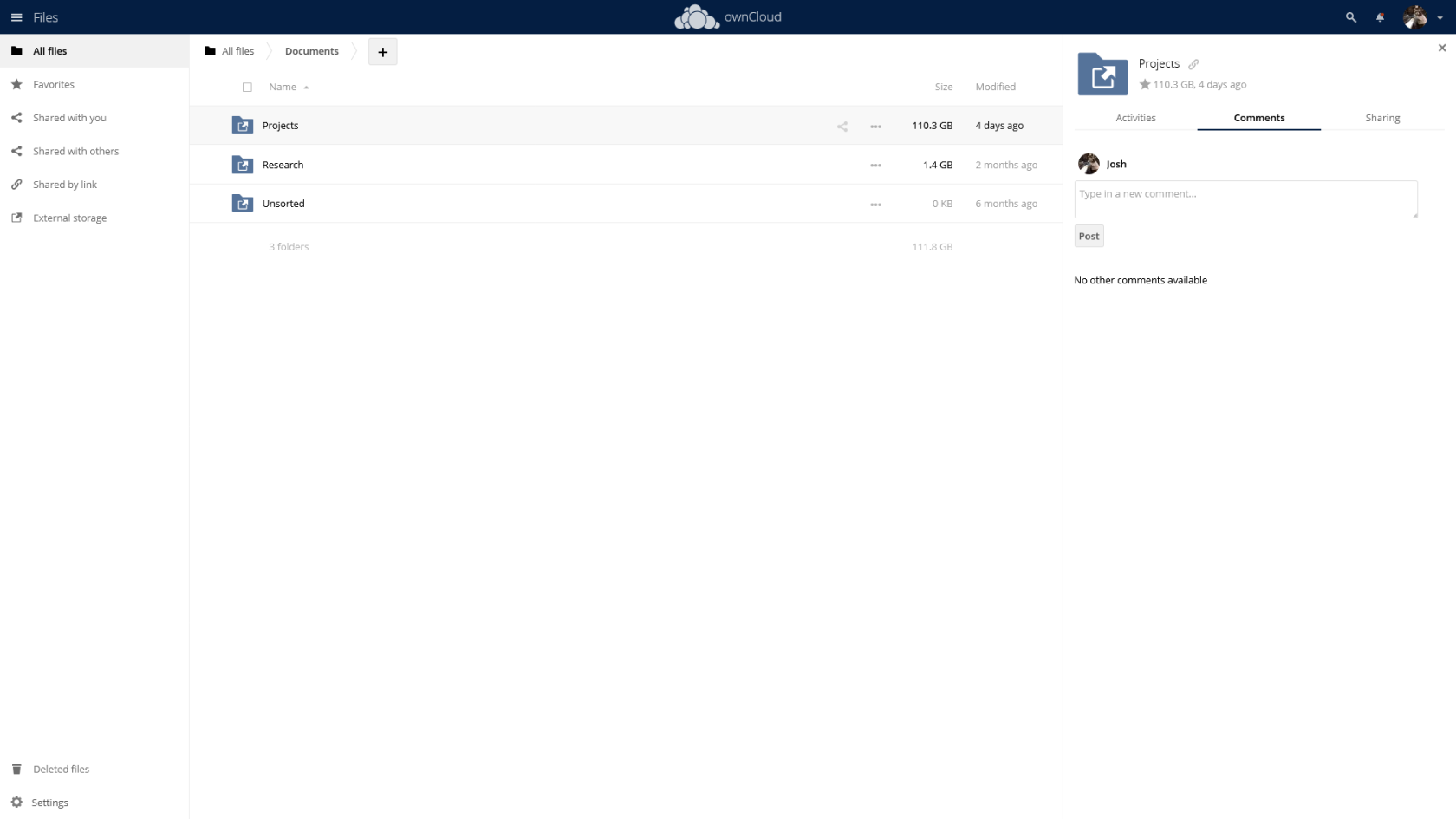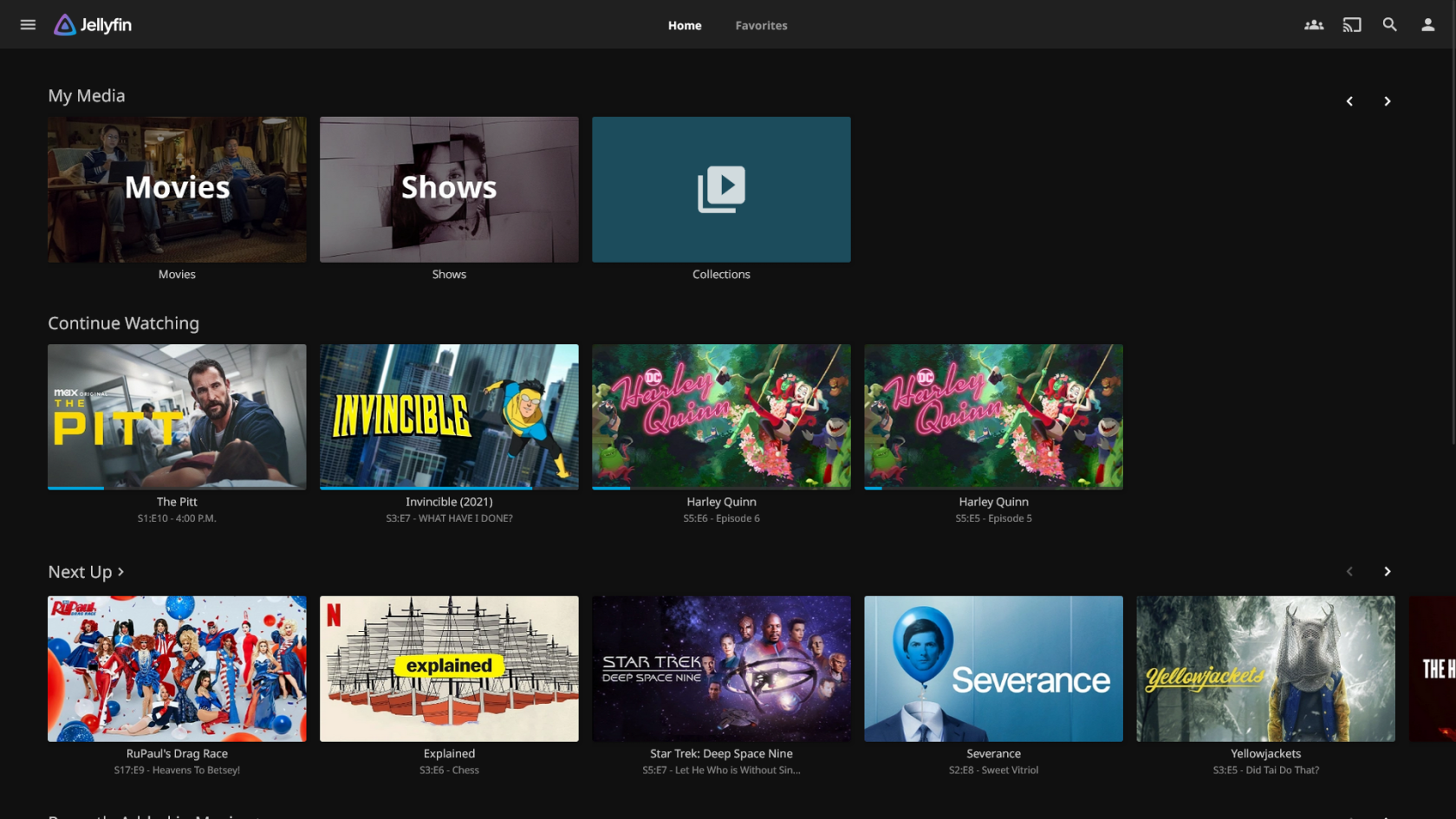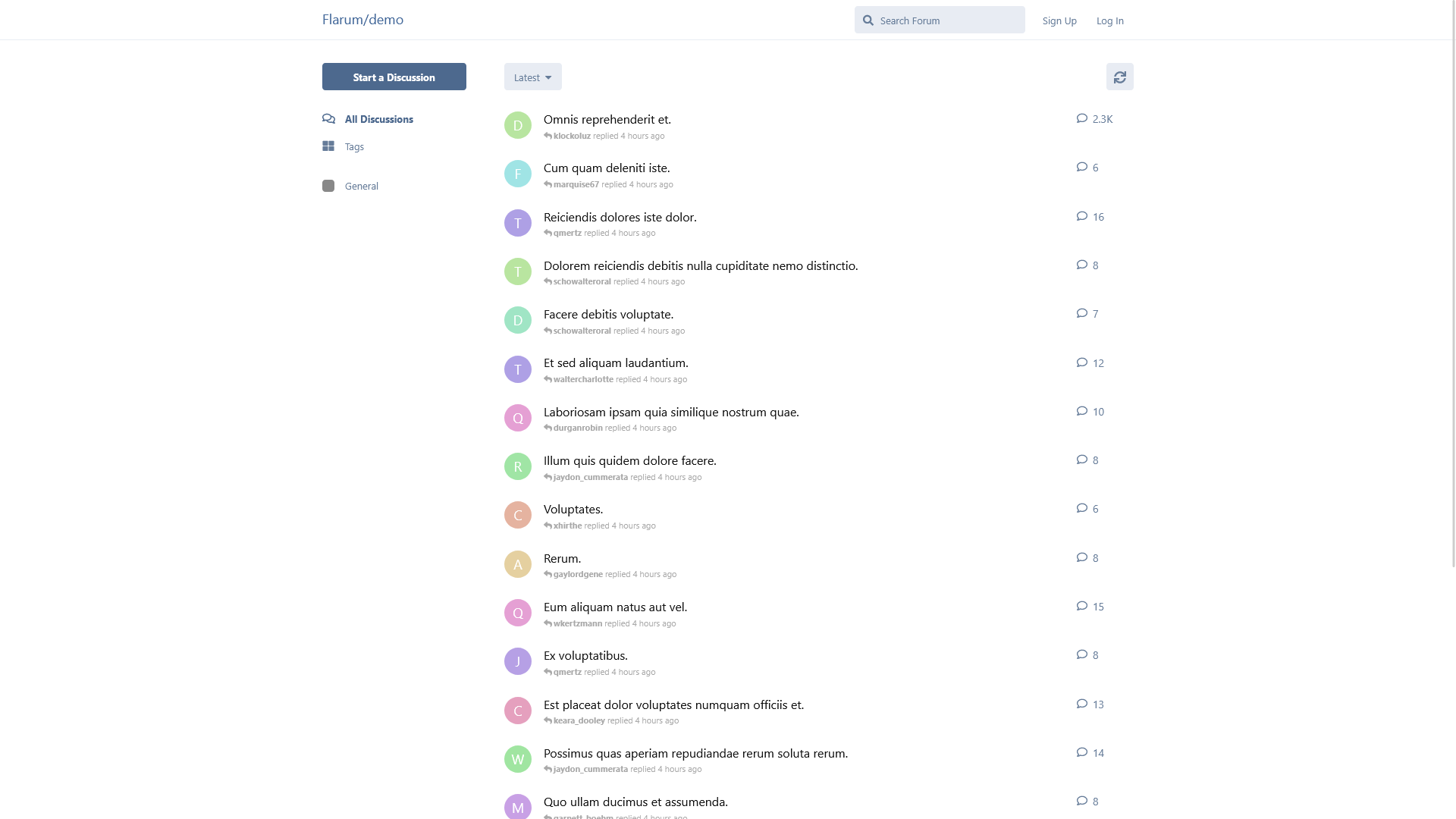Background
Many people know how to install a computer program, but wouldn’t even know where to begin if asked how the cloud works. This is by design. Computers and the networks that connect them have been built from the ground up to be abstractabstract. – These systems are made up of small parts coordinated to workcoordinating towards an outcome.
We must not lose sight of the small details.
When we create and engage digital spaces, it can be easy to forget the effect we have on our physical world,world – from the server stored in our garage to the data center down the street. We leave a mark on the spaces left in our care and our personal decisions have reverberating effects that can be felt by othersothers. – through both subtlety and verve.
As we come to rely more the Cloud, or digital services hosted on someone else's computer, we must consider how this affects our personal privacy and security. We all have the right to control how we intersect with our digital ecosystem.
Open-source software solutions can put us back in control of our digital experiences. By joining these open collaborative communities, we can include our diverse voices throughout their growth process.
The “Cloud” has taken control over the way corporations handle digital infrastructure. By 2025, an estimated 96% of corporations rely on the cloud with a majority of corporate data stored outside their business. By extension, everyday consumers have been progressively forced into the “Cloud” alongside them. But, what does this mean and how does it work? At the end of the day, the “Cloud” simply means someone else’s computer and we must consider how this affects our personal privacy and security. Anyone can host their own server without needing to know how to code, but there are bigger questions we need to ask ourselves before we do.
Format
This five-part series will explore the “cloud” – from the ground up – and we will use this new knowledge to build our own server.
Aside from your curiosity, all you need to bring is an unused computer system – an excellent reason to explore the low-cost Raspberry Pi or repurpose an old computer.
“Your Personal Cloud” is a five-part series of YouTube-style edutainment videos exploring not only how cloud computing technologies work, but their effect on the ways we interact with our communities and the world at large. These videos will be accompanied by – and embedded within – a wiki-style resource exploring these same concepts through the written word with additional diagrams, illustrations and images. This lesson will be geared towards adults through an online, self-led experience that incorporates opportunities for peer workshops and collaboration through a local library or community space.
This will be a do-it-yourself guide for creating a server while incorporating computing history, critical thinking, and personal reflection. Participants can print – or download a form-fillable PDF – that will act as a project notebook to keep track of progress and act as a reference guide to important information generated throughout the lessons. These resources are provided free online and offered as part of a digital community alongside a forum, workshops and events.
Technique
These will be the same techniques used by large cloud computing companies like Apple, Google and Amazon. These are entirely free software projects created by open communities that anyone can contribute to.
While you might not know how to code, your perspective is vital for creating equitable technologies. Together, we can learn how to talk back and forge a new relationship with technology.
Learning Objectives
- (Practical) Be able to assess computer hardware components, install a working operating system and host a simple web server using open-source cloud computing technologies.
- (Technical) Understand the historical context, significance, and potential applications for cloud computing architecture.
- (Social) Explore the role that cloud technologies play in mediating relationships between people and places, people and communities, and people and “technology”.
- (Personal) Critically analyze and assess the potential security and privacy vulnerabilities that can arise through reliance on decentralized cloud technologies.
Outcome
We will be creating a personal home server that can be used to host our own cloud applications using the same tools that tech giants use. These can be services for yourself, your family, your community or even your small business. All you will need to bring is your own hardware and internet services.
|
|
We will use all free and open-source software like Debian Linux and Docker. |
|
It will run "headless" – without a display – and you can control it through a web browser. |
Services
Through this guide, you can explore open-source alternatives to many of the cloud services you're already familiar with.
There are so many cloud services to choose from, including self-hosting your own:
Many self-hosted services focus on modern and responsive web application interfaces that run in your browser. This means you can securely access your self-hosted services from any computing device. Many also support desktop and mobile apps built for your operating system.
Home Page
By self-hosting Organizr, or other tools like it, we can create a homepage that keeps all of our services accessible in one place – on desktop and mobile devices.
| Create tabs for each service, sort them into groups and create accounts to share access with friends. | |
 |
Create a Progressive Web App to add your Organizr to your desktop. |
| Extend your home page with add-ons for other self-hosted services. |
What You'll Need
There are several things we will need in order to operate a self-hosted server from home. You can fulfill each of these requirements at a variety of price points, including free options where available.
host Computer
$50 – $1500
You will need computer hardware to host your server. This can be anything from a Raspberry Pi to a dedicated tower server, new or refurbished. Create a budget server and upgrade it as the need arises.
router Router
$50 – $150
You will need a router that has Port Forwarding so it can forward traffic from the router to your home server. While not required, Dynamic DNS allows you to connect to your server without purchasing a domain name.
vpn_lock_2 VPN Provider
Free to $9+/month
A Virtual Private Network provider – such as Windscribe – is an excellent way to maintain privacy and anonymity on the internet. While self-hosting services, they can hide personal information like what you're downloading or what you're searching for.
domain_verification Domain Name
Free – $20,000
Accessing our web server through the internet will generally require a domain name – such as example.com – and there is a wide variability in their price.
language Internet Service
$30+/month
You will need internet access for your home server. Preferably, it is a hardwired internet connection – such as cable or fiber – as opposed to wireless – like satellite.

